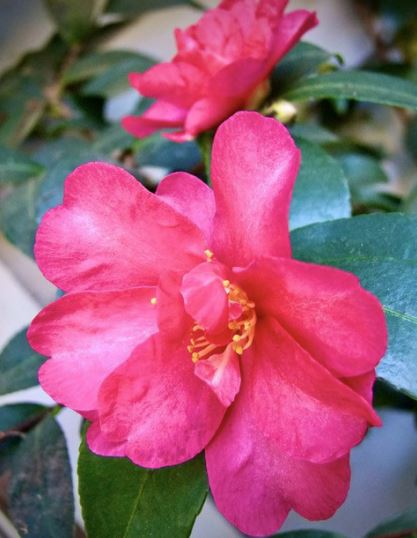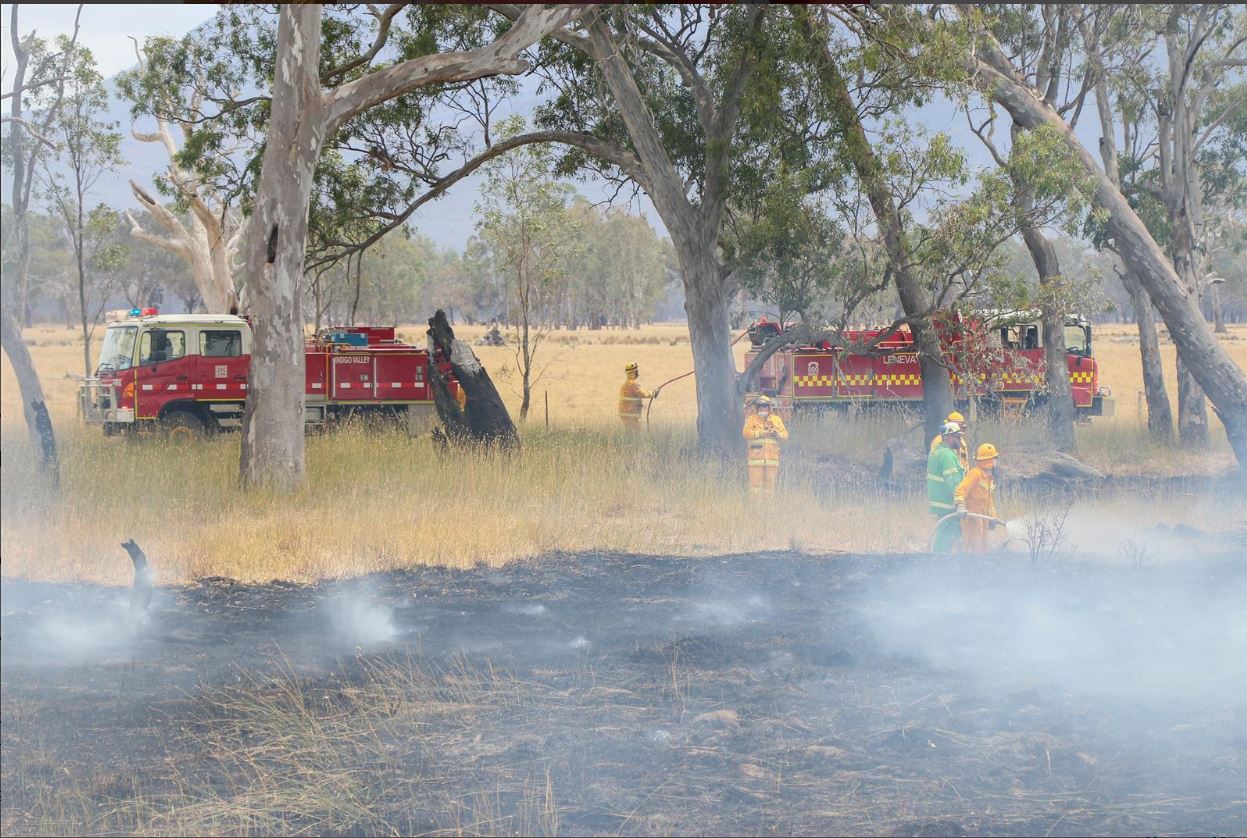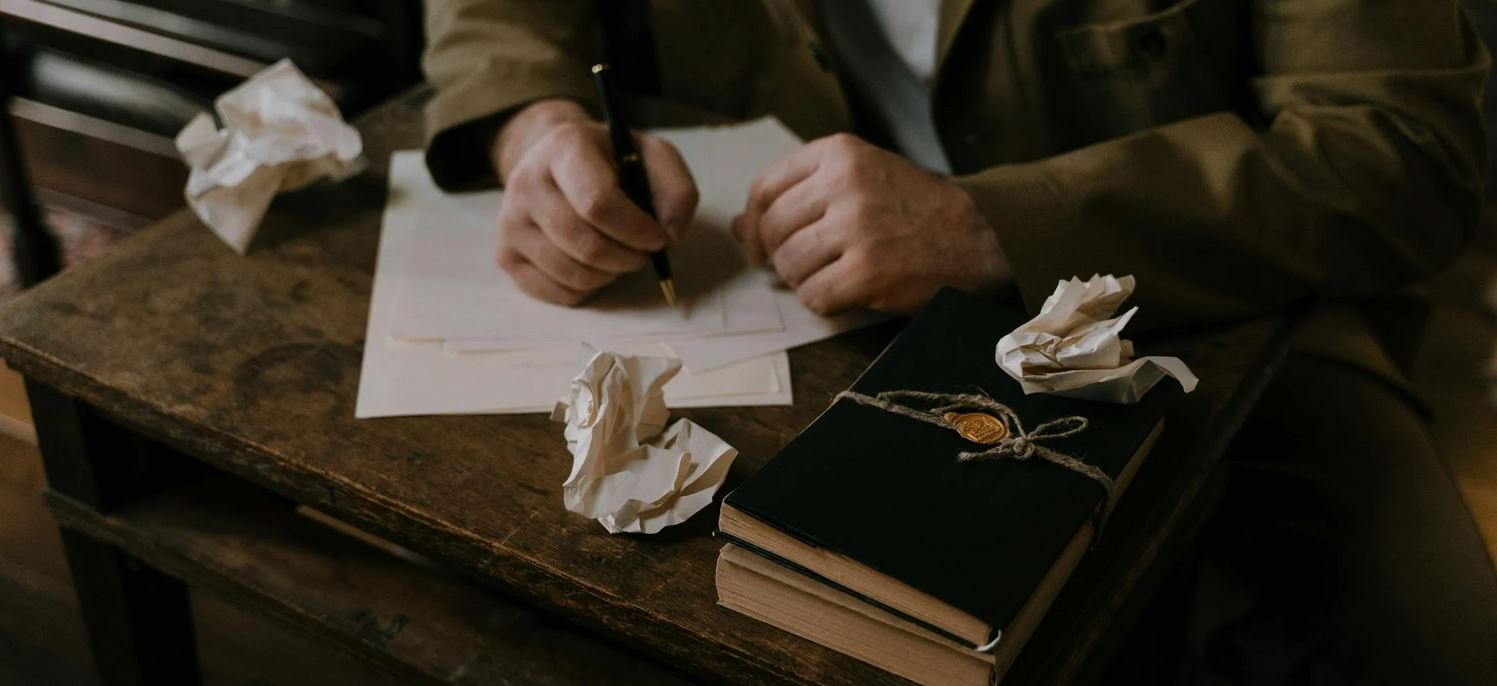June 13th, 2023Glen about the house…

The autumn-flowering sasanqua camellias, such as the beautiful pink Hiryu (pictured), have seemed to be overshadowed by their larger, bolder camellia japonica cousins. It’s unfortunate that a plant, to some extent, seems to be judged by its name, or perhaps, appearance.
My plant-wise old grandfather once told me: “Had the sasanquas belonged to
any other family of plants than camellias, they would be among the most popular
flowering shrubs of our time.” It made little sense at that time, but I grew to
understand and agree with him.
I certainly believe they are no less spectacular than than their cousins – and my
small collection of camellias are all sasanqua! With sasanquas, the leaves, and bush are
much smaller and daintier, as are the flowers.
Flowering begins in April and extends through May and into June. Although
small, the flowers mass themselves on short stems in a blaze of colour. They lend
themselves ideally to training and the taller-growing ones can be most effectively
grown as a hedge, or espaliered against a wall or hedge. The smaller varieties thrive as
tub plants.
All camellias are semi-shade loving plants that will grow well in full sun, provided
that they never become dry and a good protecting mulch is maintained throughout
summer.
However, the flowers will last longer if some shade is provided. Under deciduous
or light-foliaged evergreen trees are good places. Tub-grown plants – being movable –
can have the benefit of full sun during winter and semi-shade in warmer months.
Uniform moisture, a porous soil well supplied with humus, and good drainage
all make for successful growth. Camellias need a neutral or acidic (non-limestone) soil
to thrive. Never let a camellia plant become dry. In their natural habitat 180-200cm
of rain per year is the order of the day.
This rainfall occurs over very well-drained soil, so be careful not to over-water in
heavy soil. But always give a good watering so that harmful salts etc, may be taken
right past the roots.
Frequent light waterings only help build up surface roots which may be in the
water. Besides the plants would be very prone to drought damage.
On very hot, dry days spray over the foliage several times to raise the humidity.
Always maintain a substantial coverage of mulch during the summer months.
This is a great help in keeping the surface of the soil cool and an aid in moisture
conservation.
Do not cultivate around your camellia plants. A good 5-6cm deep mulch will
prevent weed growth but it also attracts surface feed roots. If these are cut about with
hoeing, the plant will suffer.
If you’re gardening in the limestone area, a small amount of iron chelates applied
once or twice a year will compensate. It isn’t a fertiliser but is making it possible for
camellias, boronias, ericas, daphnes and a whole range of trees to be grown where it
has normally been impossible.
Now is the time to purchase your new camellia plants, while they are flowering.
Some nurseries have blooms of the ones they have in stock, on display to aid you in
your purchase choice.
And now, some exciting news for Mrs Heyne. Now is a good time to plant out
those gifted, gladioli bulbs. Plant them in an open, sunny bed in well-drained soil.
When planting, surround each bulb with a handful of clean sand. As well as
keeping the bulb clean it makes it easier to remove them when it comes to the time to
lift and store them for their next season.
Got a gardening query? Email glenzgarden@gmail.com










